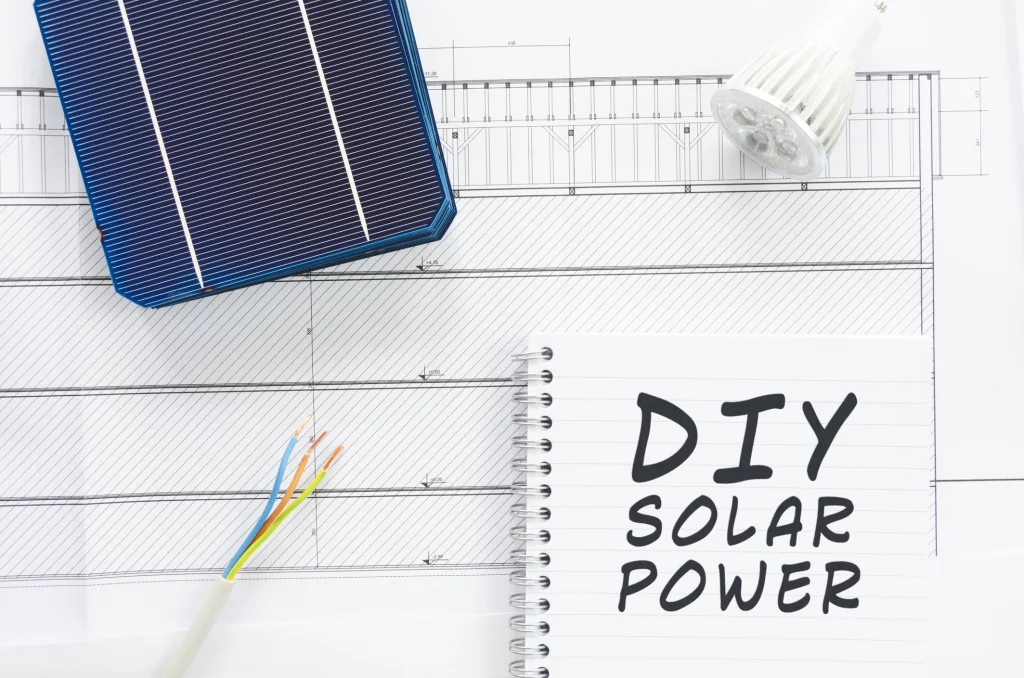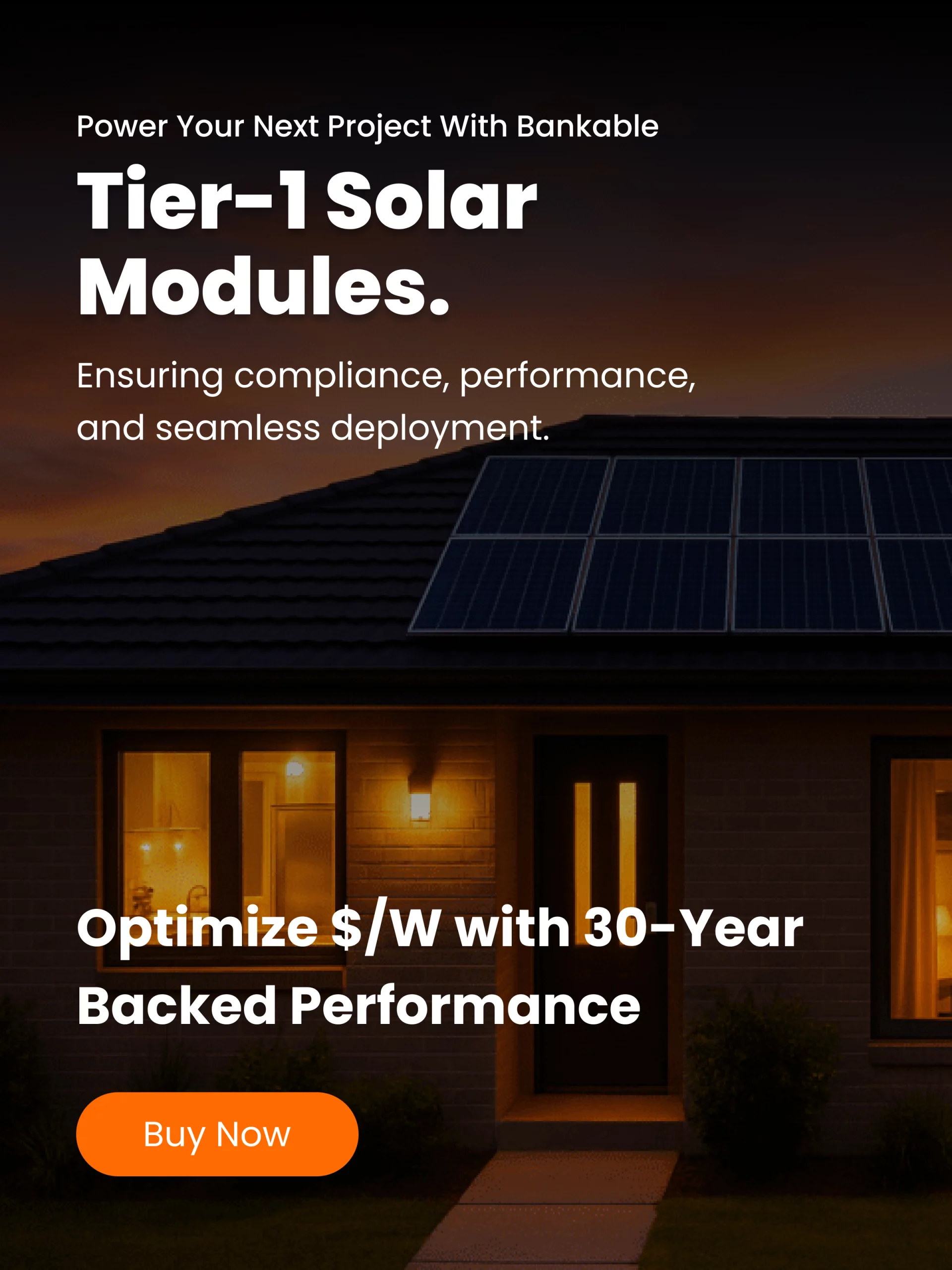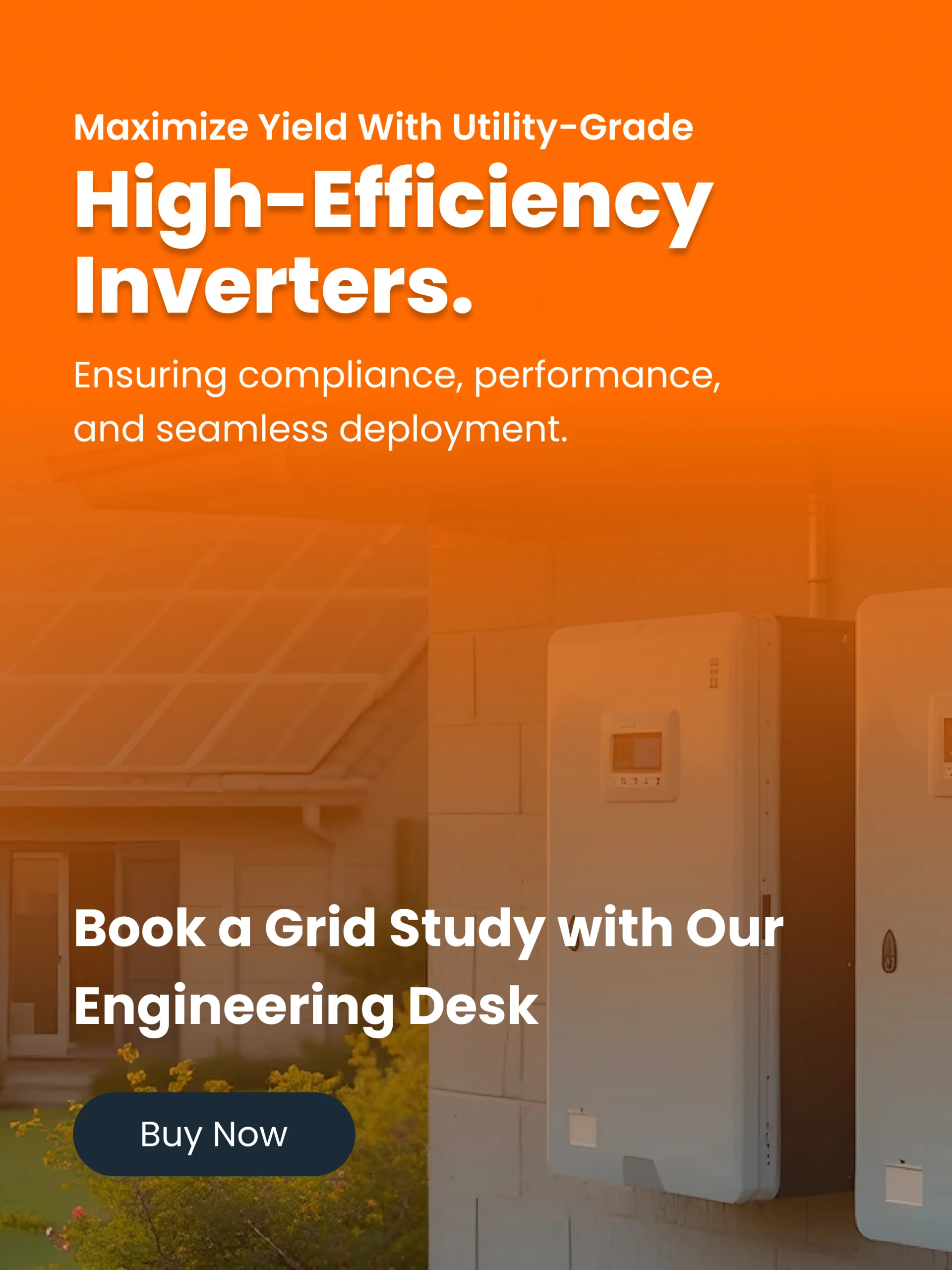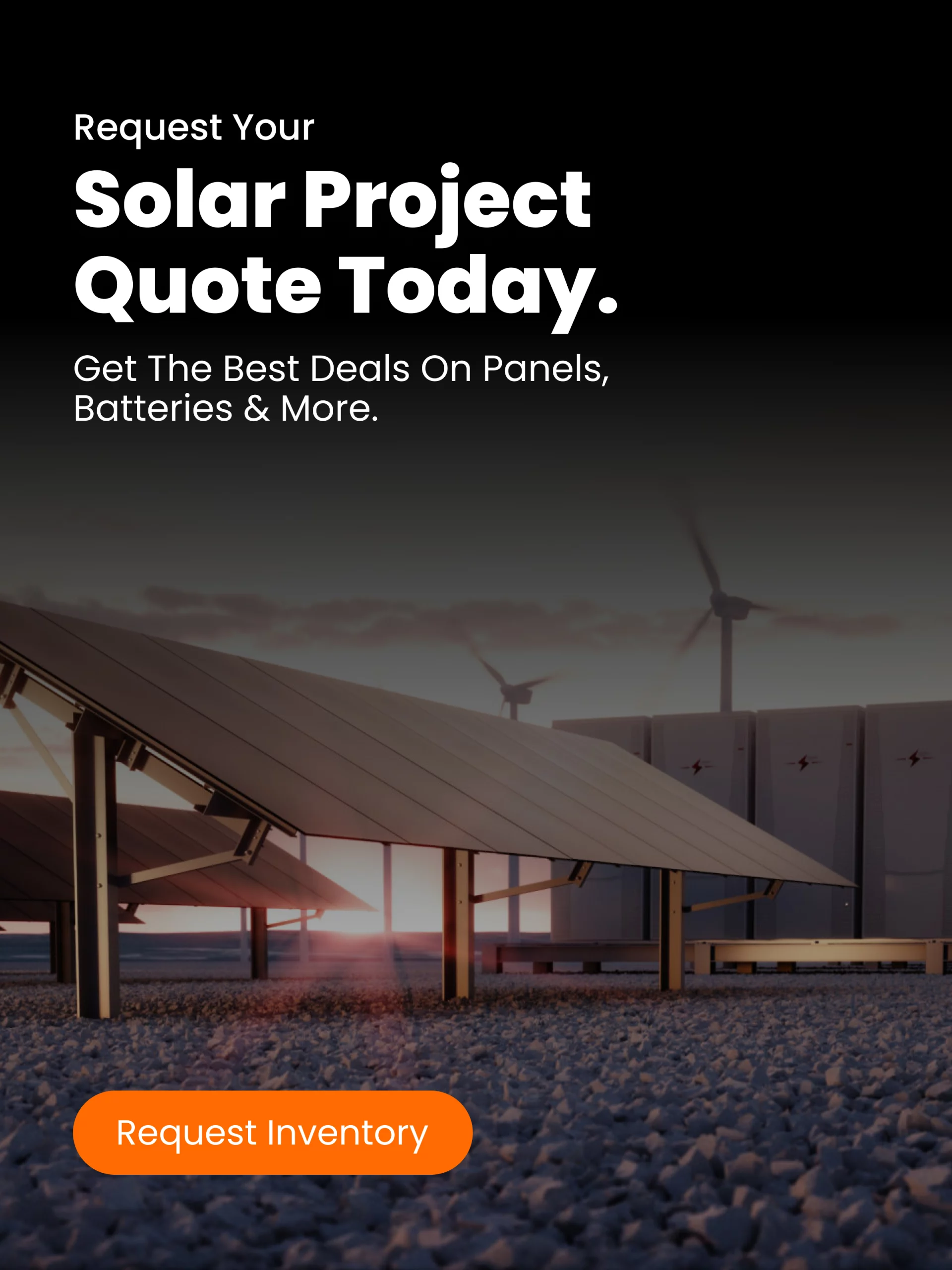Living off the grid isn’t for everyone but for many, it’s a pathway to self-reliance, independence, and even peace of mind. If you’re tired of utility bills, live in a remote area, or want electricity during blackouts, a DIY off-grid solar system can make a lot of sense.
But before ordering panels and batteries, it’s essential to do your homework. Here’s everything you need to plan, build, and maintain a system that works for years.
Calculate your energy needs
Before picking parts, figure out how much energy you use and will use. This is perhaps the most critical step in designing an off-grid system.
- Power load: List every device you’ll run (lights, fridge, fans, etc.), note their wattage, and multiply by how many hours per day each runs. That gives you daily energy use in watt-hours (Wh) or kilowatt-hours (kWh).
- Sun hours: The average number of usable sunlight hours per day in your location. These vary by season; winter usually gives less, so design for darker times.
- Efficiency losses: Real systems don’t run at perfect efficiency. Controller losses, wiring losses, inverter inefficiency, shading, dust, etc. These reduce what your panels deliver.
Using tools like Renogy’s Solar Power Calculator helps you plug in your devices, hours of use, sun exposure, and get estimates for panel wattage, battery capacity, etc.
Choosing your battery bank
Since off-grid implies you can’t draw from the utility at night or during cloudy days, you need storage.
- Types of batteries:
- Flooded lead acid (cheapest, needs regular maintenance; ventilation, checking water levels, etc.).
- Sealed lead acid, including AGM (absorbed glass mat) and gel; less maintenance, but typically more expensive and sometimes less forgiving with high charge/discharge rates.
- Lithium iron phosphate (LiFePO₄): higher upfront cost, but much better cycle life, lighter, more efficient, more tolerant of deep discharges, less maintenance. Renogy tends to recommend LiFePO₄ when possible.
- Flooded lead acid (cheapest, needs regular maintenance; ventilation, checking water levels, etc.).
- Sizing battery capacity: Determine how many kilowatt-hours you will need to store to make it through a typical night, plus cloudy days or winter. For many 4-person households, Renogy suggests 4-8 kWh of storage could be enough (depending on your usage).
- Depth of discharge and cycle life: How much of the battery’s capacity you will regularly use (depth of discharge) affects how many cycles it can do, and thus how long it lasts.
Selecting solar panels
Panels are what capture solar energy; their characteristics matter.
- Monocrystalline vs. polycrystalline:
- Monocrystalline panels are made from single-crystalline silicon; they tend to have higher efficiency, higher cost, and better performance in limited space.
- Polycrystalline panels are less efficient per square foot, usually cheaper. Useful if space is abundant and cost is a concern.
- Monocrystalline panels are made from single-crystalline silicon; they tend to have higher efficiency, higher cost, and better performance in limited space.
- Portable panels vs. roof-mounted / rigid panels: If you have fixed, permanent location and surfaces (roof, ground mounts), rigid panels are durable and stationary. If you need flexibility (for RVs, pulling trailer, seasonal relocation), portable panels (even foldable suitcase styles) or flexible panels may be better though often cost more per watt.
- System voltage (12V / 24V / 48V):
- Lower-voltage systems (12V) are simpler, often used for small setups, RVs or boats.
- Higher voltages (24V, 48V) are more efficient for larger power needs; less losses in wiring. Renogy’s guide suggests using 24V systems for moderate loads (1-3 kW) and 48V when loads get even larger.
- Lower-voltage systems (12V) are simpler, often used for small setups, RVs or boats.
Charge controller and inverter basics
These are the two components that help the system run safely and convert power into usable form.
- Charge controller: This device regulates how much current flows from the panels to the battery. Without it, you risk overcharging batteries (which can damage them or reduce their lifespan).
- PWM (Pulse Width Modulation) controllers are simpler and cheaper but less efficient under varying conditions.
- MPPT (Maximum Power Point Tracking) controllers are more expensive but adapt to changing sunlight and voltage to extract more usable wattage. Renogy usually recommends MPPT for off-grid systems because it improves overall efficiency.
- PWM (Pulse Width Modulation) controllers are simpler and cheaper but less efficient under varying conditions.
- Inverter: Converts DC (direct current) from the battery into AC (alternating current) which most home appliances use.
- Pure sine wave inverters produce a clean waveform similar to utility power and are safer for sensitive electronics.
- Modified sine wave inverters are less expensive but can cause noise, inefficiencies, or possible harm to delicate electronics. Renogy’s guide recommends pure sine wave for most residential off-grid cases.
- Pure sine wave inverters produce a clean waveform similar to utility power and are safer for sensitive electronics.
Planning and designing your full system
Putting together batteries, panels, controllers, and inverters requires careful planning.
- Balance between generation and consumption: Oversizing panels wastes money; undersizing means frequent outages or battery depletion. You want enough solar generation even in the worst months (winter, cloudy days).
- System wiring, mounting, and safety: Wiring gauge, fuse sizing, mounting hardware, structural support—all need to meet electrical codes and handle weather. Proper installation of panels (angle, orientation, shade avoidance) is key.
- Ventilation and environmental considerations: Batteries (especially flooded lead acid) may emit gases or need stable temperature; panels get less efficient if too hot; shade and dirt reduce output significantly. Design for your local climate.
- Redundancy and backup: Off-grid systems often benefit from a backup source (like a generator) or plans for reduced load usage during extended low-sun periods.
Cost, maintenance, and pros/cons
Any system has trade-offs. Here’s a breakdown to help you decide if off-grid DIY makes sense for you.
- Cost vs. benefit: Upfront investment can be substantial (panels, batteries, inverter, mounting, safety features). Over time, though, you can avoid utility bills entirely (or mostly), gain independence, and often see lower energy costs over many years.
- Maintenance: Batteries need care (especially non-sealed types), panels need cleaning and possibly replacement over decades, monitoring and safety are ongoing tasks.
- Lifespan of components: Batteries (depending on type) might last 5-15+ years; inverters maybe similar; solar panels often last 25+ years with gradual performance degradation.
- Pros: independence, no monthly electricity bills, usable in remote locations, resilience (if utility grid fails), environmental benefits (less reliance on fossil fuel-derived energy).
- Cons: higher upfront cost, possible complexity, risk of undersizing, must monitor carefully, may need expensive backup or surplus capacity for bad days, more planning required.
When is off-grid the right choice?
Off-grid systems are best in certain scenarios. Ask yourself:
- Is your location remote, with no reliable or affordable grid access?
- Do you really want to live without dependence on utility companies?
- Can you handle the maintenance, costs, and planning required?
- Do you have high solar resource (sunlight hours) especially in the worst months?
- Are your loads reasonable (not huge appliances or extremely high nightly electricity demand)?
If your answers tend toward “yes,” then an off-grid DIY build could be a great fit.
Final thoughts
DIY off-grid solar isn’t just a project, it’s a commitment. If you take the time to calculate your real energy needs, choose the right panels, batteries, controllers, and inverters, and design with both worst-case and peak scenarios in mind, you’ll build a system that gives you real independence, lower costs, and reliable power.
Start by listing your daily energy use, finding the approximate sun hours where you are (especially in winter), deciding on battery type (often lithium if budget allows), picking the solar panel voltage and type, ensuring your inverter matches your appliances safely, and then build with safety and monitoring in mind.




